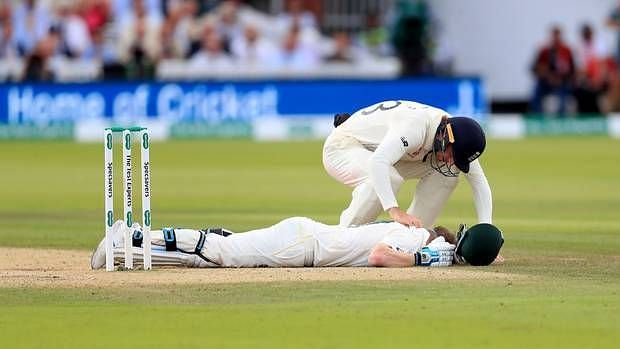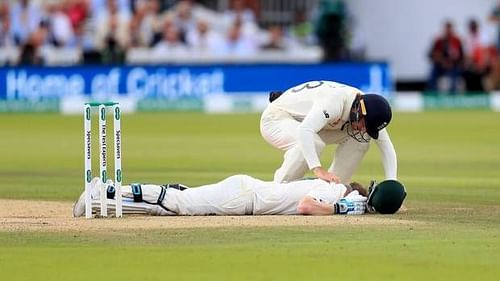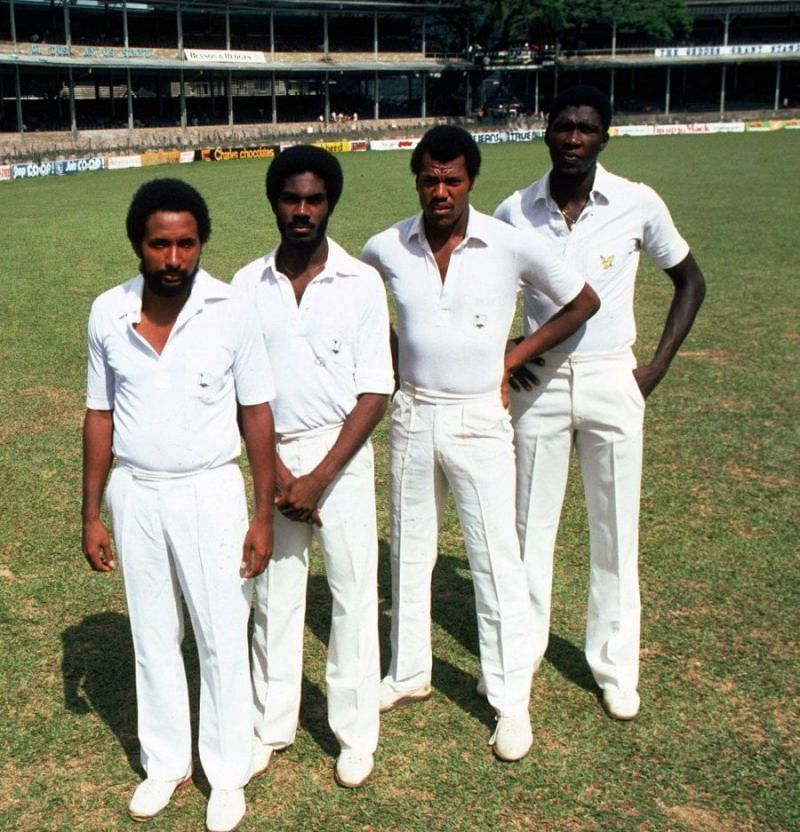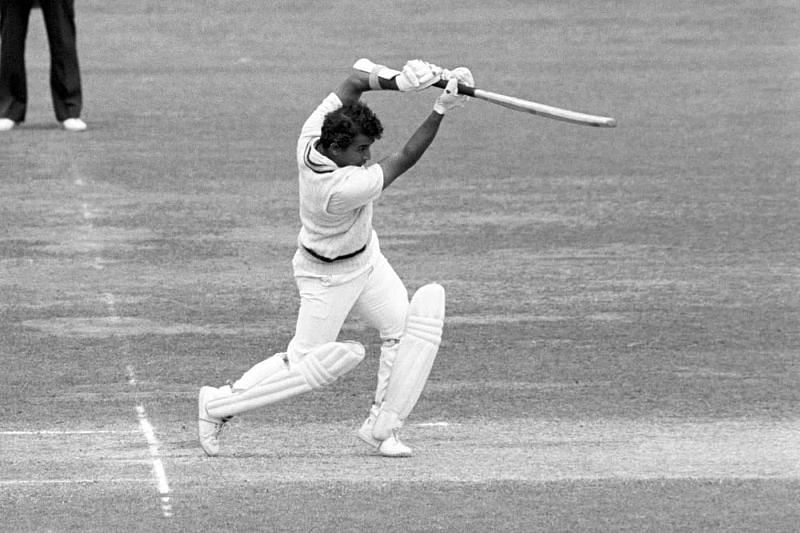
The rebirth of Test match cricket

A true cricket fan, according to cricket purists, is a person who loves and respects Test cricket. International cricket started in the 19th century with two teams playing this format of the game and now it has gone up to 12. Over the years people have tried to revolutionise this form of cricket to make it more appealing to the general public.
After limited overs format was introduced in 1974-75, nobody took it seriously for a decade or so. The first person who intended to commercialise the sport was Mr Kerry Packer in 1977. When Channel Nine lost its broadcasting rights of Australia’s Test series, he decided to start a separate tournament known as ‘World Series Cricket’ with players from across the world. This tournament first observed the use of white balls, matches under lights, protective helmets, and fielding restrictions.
These matches were known as ‘Supertests’ which were deemed illegal by the ICC and were not recognized as official Test matches or first-class matches.

When we talk about the legends of the ’70s, Dennis Lillie, Jeff Thomson, Michael Holding, Joel Garner, and Andy Roberts, all of them dominated the cricket world. The wickets (pitches) those days were much harder and faster and many a batsman failed to keep up with the speed and accuracy of these stalwarts. Most batsmen were defensive in their mindset, there was no will to score off every ball and they were happy to play the ball on its merit.
These bowlers were on the money more often than not, which made them very difficult to score off. If the batsman tried to be aggressive at times, they would reply by making them smell the leather.

The great Sunil Gavaskar was the best example of standing up to the chin music of the West Indian quartet. Thirteen out of his thirty-four hundreds were against the Windies. It was a Test match in Guyana where he was hit right on the forehead by Malcolm Marshall. He never wore a helmet, but luckily the ball jabbed the front of the head and went back towards the bowler. He did not flinch for a moment.
The very next delivery was driven straight back past the bowler for four. That was the intensity of Test cricket, that fans rooted for-those mini battles were the things that made Test cricket pleasing to the eye.
The commercialisation of cricket has helped raise the overall standards of the game, including the standards of fitness. It has encouraged more and more youngsters to play the game as a professional sport. Pitches have also become flatter, as people want to see batsmen hitting the ball out of the park. The game is now more in favour of the batsmen, even though it was a batsmen's game, to begin with.
This white-ball revolution has had a major impact on the re-birth of Test cricket in this decade. The batsmen are much more positive and look to score anything marginally of line. Bowlers are much stronger and fitter these days. They strive to outplay the batsman on each ball. The fear of getting hit for boundaries in every over has allowed them to bowl a much more disciplined line. The most successful bowlers in world cricket today are those who have an offensive mindset and wouldn't mind getting hit for a couple of boundaries if they believe their persistence can reward them with wickets.
Restricting the flow of runs comes automatically with the tight bowling, bowlers who tend to be defensive and try too many variations end up suffering.
The epitome of the same attitude would be The Ashes battles over the past few years. The 2019 series was something the whole cricketing world had been waiting for. The first Test match at Birmingham was supposed to be an even contest with the English team starting the Test Championships as the white ball champions. However, Steve Smith's twin hundreds proved to be the difference between the two sides as Nathan Lyon cleaned up the English batting order on the final day to register a 251-run victory.
Who could predict what was in store for the second game? Test matches in England were going through a 3-year streak of result-oriented games. The last time a Test match was drawn in the country was way back in 2016 which proves how pitches these days are not always flat. They have a fair deal of assistance for the bowlers to pick up 20 wickets.
The second Test at Lord's turned out to be one of the best games' of the decade. Social media flooded with posts and tweets about how Test cricket is back alive. After the Englishmen were bowled out for 258 in the first innings, it was Steve Smith to the rescue once again, but this time he was up against the hostility and accuracy of Jofra Archer, the debutant.
There was a lot of hype about this young fast bowler since the start of the World Cup. After a successful World Cup, critics were sceptical about his consistency with the red ball. He managed to live up to the hype.
When Steve Smith was batting well past 50, he was struck on the elbow a couple of times but managed to fight it out. Then as he reached 80, he was greeted by a nasty snorter, which struck him on the back of the head missing the helmet. He had to retire hurt given the strict concussion protocols in place. But after 45 mins, Smith was back on the field ready to face the chin music once again. He smashed 3 boundaries with that bruised elbow and the swat to his head before he finally perished.
His courage and determination to get back on the field after such a nasty blow displayed immense dedication and character, something that is immensely valued in the purist circles.
The ICC's new rule to allow concussion substitutes to take the field for the rest of the game brought in Marnus Labuschagne in during the 2nd innings. The very second delivery from Archer hits him right on the grill but just like his teammate he played on.
He managed to notch up an elegant 59 which helped Australia draw the match. It was after three long years a match was drawn in England, a testimony to the quality of Test cricket played today.
The courage displayed by Australia in the second Test match portrayed that it’s going to a series to remember. Players like Archer don’t come along every day and it’s going to be England’s responsibility to preserve such talent. It is crucial for keeping the game of Test cricket alive. This match showed us how the game can be revived by the kind of players around it who take the field.
Also see - Live cricket score